Get Ready to Orchestrate a Better Customer Experience

What does orchestration mean for a brand?
True orchestration considers a customer’s preferences before communicating with them. Learnings from past interactions and outcomes are used to identify the most relevant action to lead to a rewarding experience for both the customer and the brand. Orchestration can be defined as all channels learning from each other to create better “surround sound” for the customer.
Orchestration for a brand means that you have a thoughtfully-built decision engine that can process historical customer interactions of the brand to understand what led them to move lower in the marketing funnel. The orchestrator’s job is to analyze this data on an ongoing basis, constantly learning from ongoing interactions and predicting/scripting the next best engagement. Orchestration also leads to new ways of working across many functional areas. These new approaches may seem challenging in the beginning but lead to well-thought-out, better outcomes.
What are the key components of a successful orchestration?
Orchestration spreads across both personal and digital channels. It involves multiple functions of the organization coming together, in execution stages, to fully materialize into something meaningful. Here are 4 things that build the foundation of a successfully orchestrated customer experience:
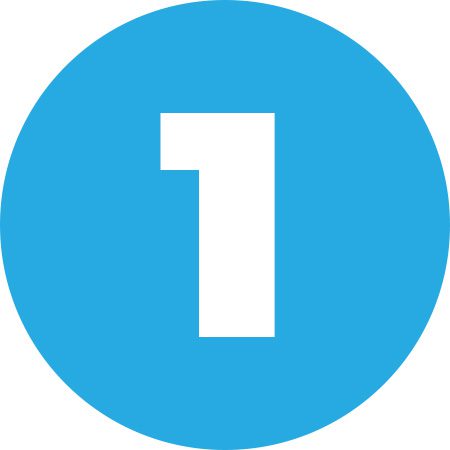
Data: The channels need to learn from each other, the models need to understand and predict patterns, analysis needs to be done for optimizing current state and channel mix – all the above need a lot of data which has been curated to build an orchestration engine. A core set of information around a customer may include syndicated data (sales and claims), personal and digital promotions data. This is a never-ending quest, and it can definitely expand to any other knowledge the organization has curated that imparts customer-level analysis and lends color to a customer’s profile.
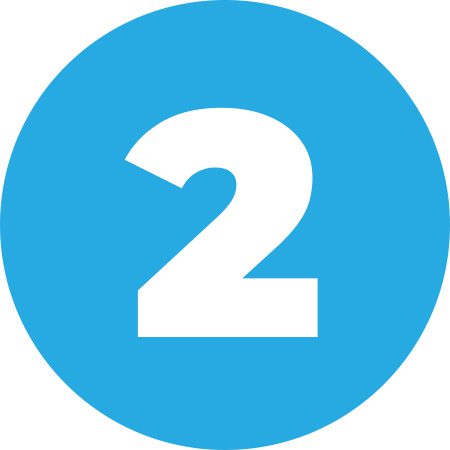
Technology: Orchestration often involves advanced analytics and extends to data science techniques. A forward-looking tech stack, a commercial ecosystem that has been built for purpose (efficient and agile marketing operations) and infrastructure that is ready to scale with advancements in data science capabilities (recent example: ChatGPT) are often good targets to march towards.
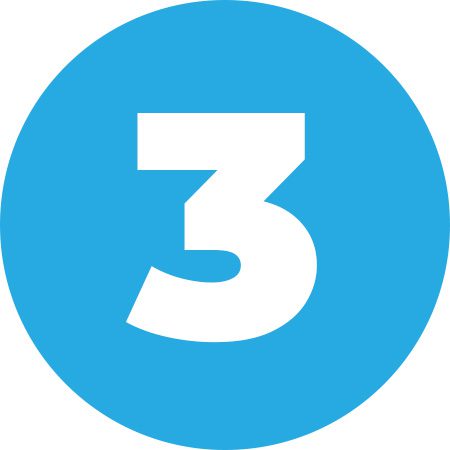
Laser-focused strategy: AIML models are, at their core, mathematical equations. They need to solve a specific problem. Before putting promotions through an orchestration engine, you’ll have to parse through a dozen strategic imperatives and come up with one success factor that either trumps or represents all the brand’s needs.
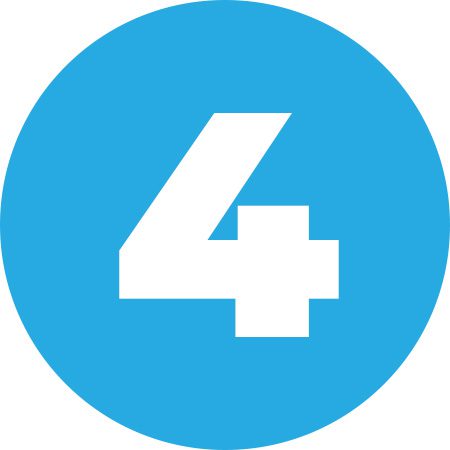
Agile: Orchestration involves, at the core, a fail-fast agile approach. An unspoken implication is that success requires clarity of decision making. There’s always room to learn and do better. Don’t try and make it perfect. Start with something, learn along the way and be ready to make changes before you reach a steady state.
Where should I focus to start my orchestration journey?
The above 4 points are good places to start. You don’t need to figure everything out to get started but you need data, technology and organization readiness to kickstart a program of this scale. Read our blog on “What Does Good Look Like in Customer Engagement?” to review some of the potential roadblocks.
- Data readiness: A great starting place is with your agency and current media partners to understand if your contracts allow for regular data exchanges and frequent target list updates. These are the core changes that orchestration will introduce in your current way of promotions. Sourcing partners should keep an eye out for these terms in the contracts that make them future proof.
- Technology readiness: Start involving information systems, data science teams or external consultation to get a sense of what could be needed to get the ball rolling and the different options to be considered. The last thing you want is months of delay because the organization is taking its time to figure out the best fit—and it takes months as these decisions involve long-term considerations.
- Organization readiness: Identify a sponsor and a group of champions that can help educate the organization for the change to come. Address the skeptics’ concerns, encourage the “on the fence” participants and lastly identify and educate advocates. Orchestration involves a new way of working and change management goes a long way in aiding swiftness in decision-making and go-to-market timing of this capability.
What is a common misconception around orchestration?
Thinking that everything needs to be orchestrated: This misconception is the biggest challenge for brands thinking about orchestrating their customer experience. It’s always good to orchestrate as many channels as you can, as it leads to a better orchestration and a learning experience for the models behind orchestration. On the other hand, there is nothing wrong with being a “trialist” and starting with 1 or a few channels.
Simply put – something is better than nothing. You may not be able to optimize the whole experience, but you’ll still be able to create a better experience in the channels within orchestration. Additionally, think hard on what you’re trying to achieve and don’t lose focus. By focusing on the outcomes you want, you’ll make better decisions about how to orchestrate engagements. As you gain more experience and generate data, make sure you’re also revisiting your objective(s) and revise where you should, but don’t lose the focus as you manage the day-to-day.
Where should I start: personal or digital?
There is no wrong choice. Start with an assessment of the data and your immediate focus. A forced choice isn’t needed. Take the time you need to get the foundations right that help you scale. HCPs find both digital and personal promotions helpful so you cannot go wrong. Focus on your imperatives and draft a plan that starts with getting results to an organization both in the short and long term.
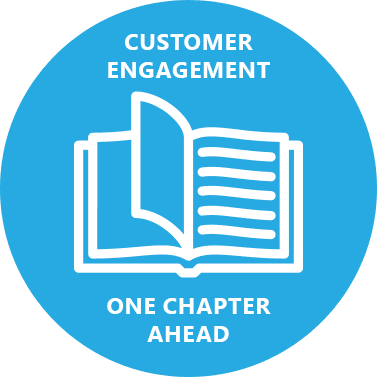
This blog is part of the One Chapter Ahead blog series, a Customer Engagement-focused thought leadership initiative to bring an informed, inspired point of view. Our intent is to bring a fresh perspective, driven by data, benchmarks, insights and expertise.
Other blog posts in this series:
- What Does “Good” Look Like in Customer Engagement?
- Integrated Data + Hyper-local + Cross‑channel = Customer Engagement
- Foundational Differentiation: CE Requires Efficient Operationalization of Data
- Is Medical Omnichannel Poised for Growth?
- Are Pharma Brands Really Transformational?
- Culture and Collaboration: Keys to Customer Engagement Success
- Medical Affairs Customer Engagement: What’s Next?
- The Evolution of CRM in Life Sciences: Navigating the Split
- Navigating the CRM Split: Generating Buy‑In
Have a question? Reach out to our experts.